
Ancient Beliefs, Modern Conservation
"People in other cities have cats and dogs, but here we have wild leopards as our companions. Leopards are family to us. We also pray to the Waghoba- our leopard deity, who keeps us safe from all evils." - Prakash Bhoir, a resident of Mumbai.
Indeed, the vibrant city of Mumbai, known as India's financial capital, stands out in its uniqueness. With a human population exceeding 20 million, it also harbors over 40 wild leopards in spaces that accommodate their presence! Mumbai is home to temples where indigenous communities, or Adivasis, honor these majestic cats as Waghoba. Scientific research suggests that this cultural respect for the predators enables people to coexist with wildlife, thereby promoting long-term conservation. Therefore, grasping these cultural institutions is crucial for implementing contemporary conservation strategies.
Mumbai's Forest Gods And Forest People
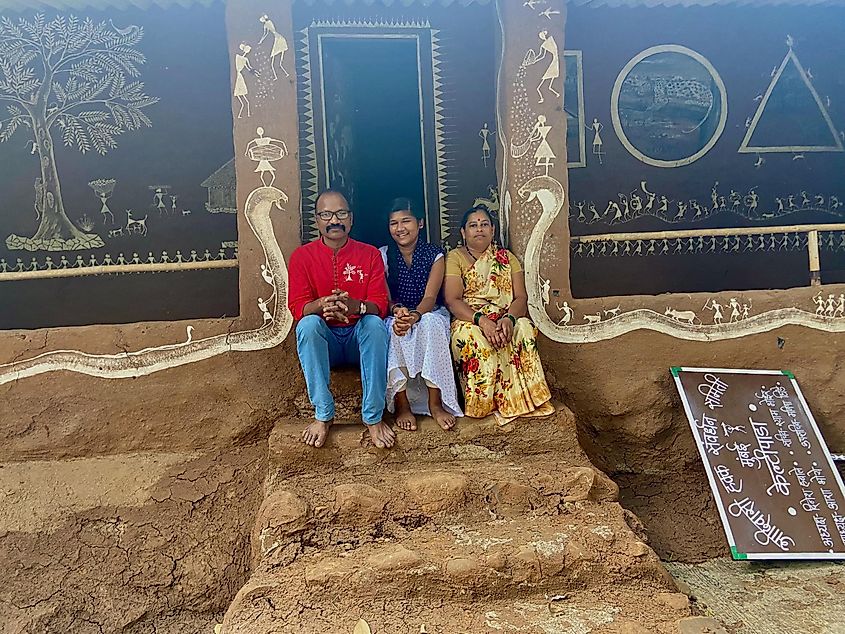
"We, the Adivasis of Mumbai, worship Hirwa Dev or Green God who blesses our lives with natural resources that keep us alive. We also pray to the Waghoba or the leopard/tiger God. He is the King of the Forest. The strength and courage of the Waghoba keep our forests safe. And we all know that forests are necessary for our survival," said Chaitali Bhoir, a young woman and a member of the Adivasi community, as she showed us around her beautiful mud home in Kelti pada in the heart of the forested Aarey Milk Colony.
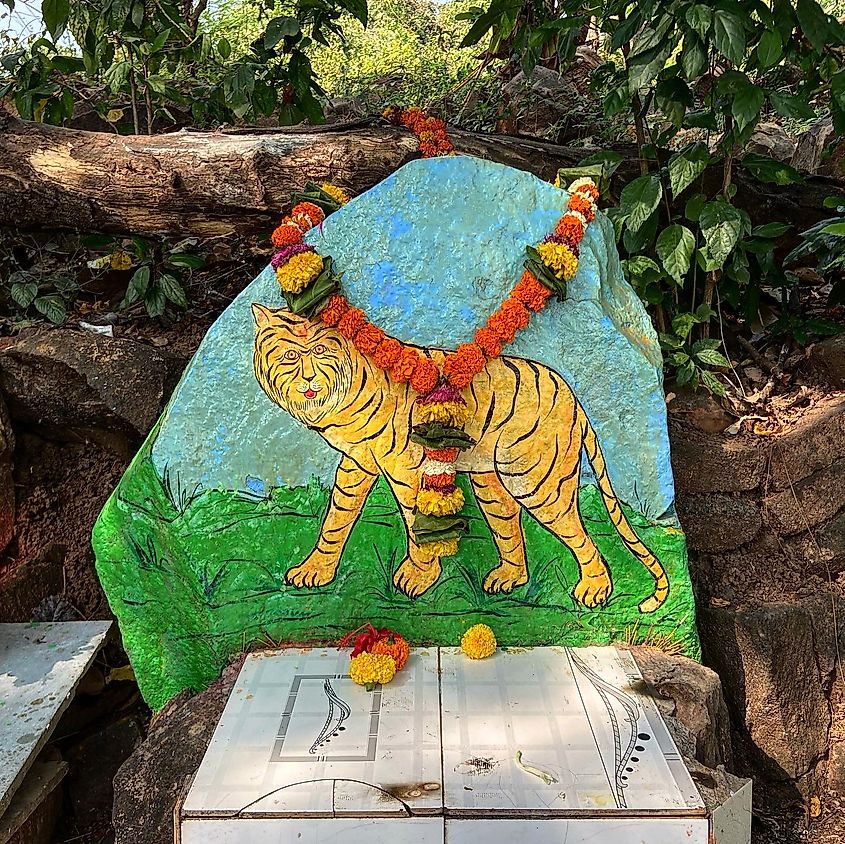
The Adivasis of Mumbai are indigenous communities composed of various tribes such as Warlis, Kolis, Dubbas, and others. They share a profound bond with nature. In Mumbai, they reside in small hamlets known as padas, mainly situated in and around forested areas like the Sanjay Gandhi National Park and the nearby Aarey Milk Colony. Despite the presence of wild leopards in these regions, they rarely voice complaints. Instead, they take pride in coexisting with these predators.
"We respect the wild animals and their way of life. We know that once the night falls, we must stay indoors and not venture out alone. It is time for the leopards to roam around. Sometimes, they do prey on our livestock. So, whenever a leopard roars near us, we break a coconut shell praying to the Waghoba to spare our livestock but continue to protect our forest and our lives like he has done for millennia," said Prakash Bhoir, Chaitali's father-in-law. Prakash, an Adivasi, also holds a job in the local municipal corporation.
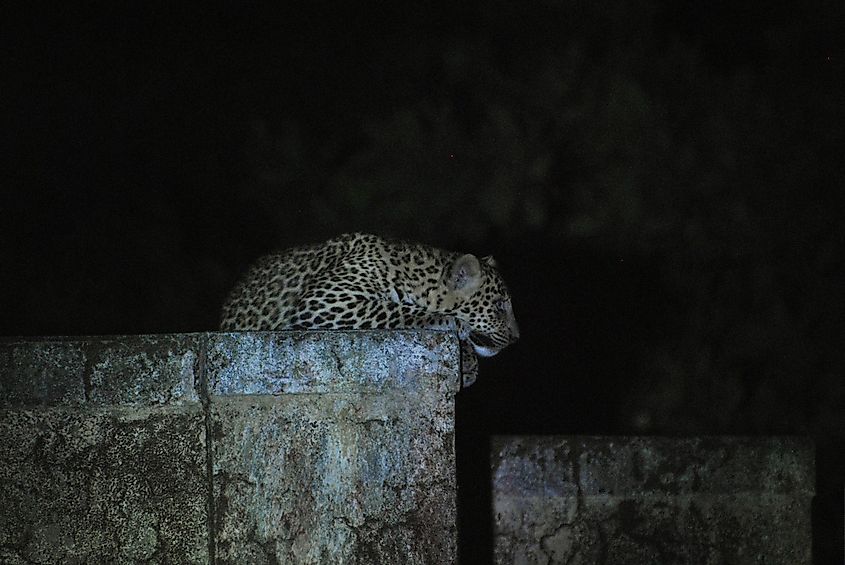
According to him, most leopard attacks on humans in Mumbai occur when people disrespect the forest rules. As immigrants from elsewhere encroach into forested land, they do not pay heed to ways of nature. They cut down trees, dump garbage irresponsibly, and change the landscape in ways that derail the smooth functioning of the ecosystem. With reduced space and natural prey, leopards now get attracted to dogs and pigs feeding on garbage, bringing them in close contact with humans. And sometimes, these predators end up attacking humans, leading to the public demand to remove the leopards from the area.
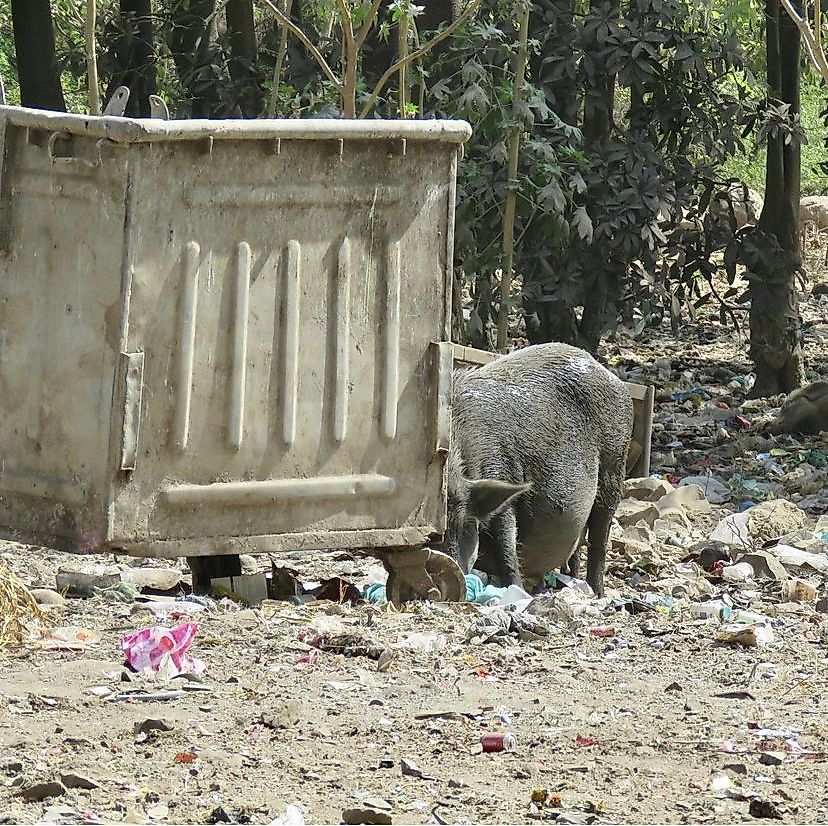
"Unlike our non-adivasi neighbors, we welcome the leopard. We keep our surroundings clean and garbage-free so that when the leopard visits us, he stays for a while and then leaves. A couple of months back, a leopard visited my backyard a day before my son's wedding. He just stood there for a few minutes and then left silently. I told my wife that here is the Waghoba to bless us before the event!" said Bhoir pointing to where the leopard stood just a few yards from his house.
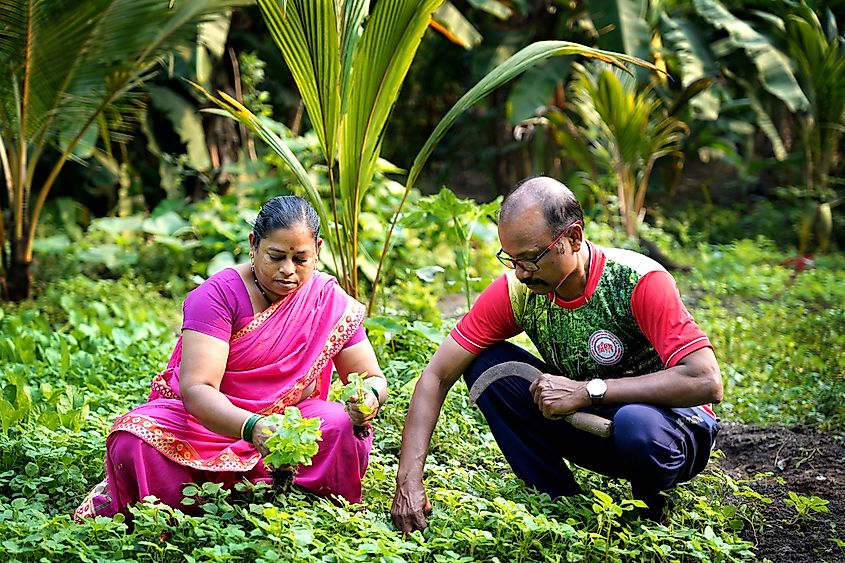
Bhoir finds it regrettable that news outlets frequently depict leopards entering human dwellings, overlooking the fact that humans have encroached upon leopard habitats. He fears that this instills a fear of leopards, which could have dire consequences for the forest. In his view, leopards are magnificent creatures, not the fierce, bloodthirsty animals many perceive them to be. Nature has made them carnivores, necessitating hunting for survival, but this does not inherently make them dangerous; if it did, humans would be deemed dangerous as well. For Bhoir and his fellow community members, however, leopards are considered family.
"Our attachment with this beautiful animal is such that if we do not see or hear about leopard sightings in our area for about a week, we get concerned. We worry that someone might have killed them or caused any other harm to them," said Bhoir.
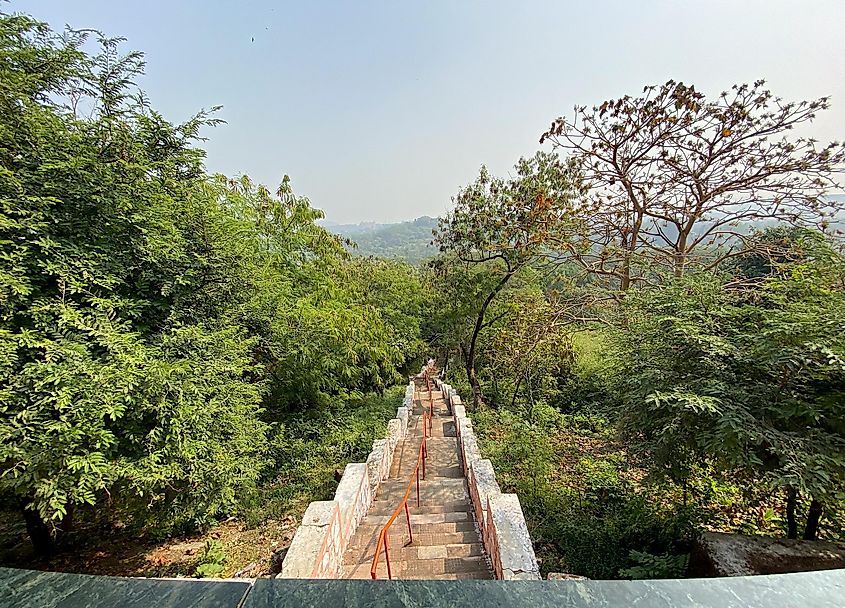
This deep bonding with the forest and its leopards keeps Bhoir and his tribal community members alert. Whenever there is a threat to the forests of Mumbai, the Adivasis rise up in protest. During the Save Aarey Movement, many of them were arrested by the police while protesting against the felling of trees in Aarey to construct a metro carshed facility. Their protests, however, did not go in vain. The project had to be shifted to a new location, and a part of Aarey was declared a reserve forest.
Conservation Science And People's Beliefs - The Connection
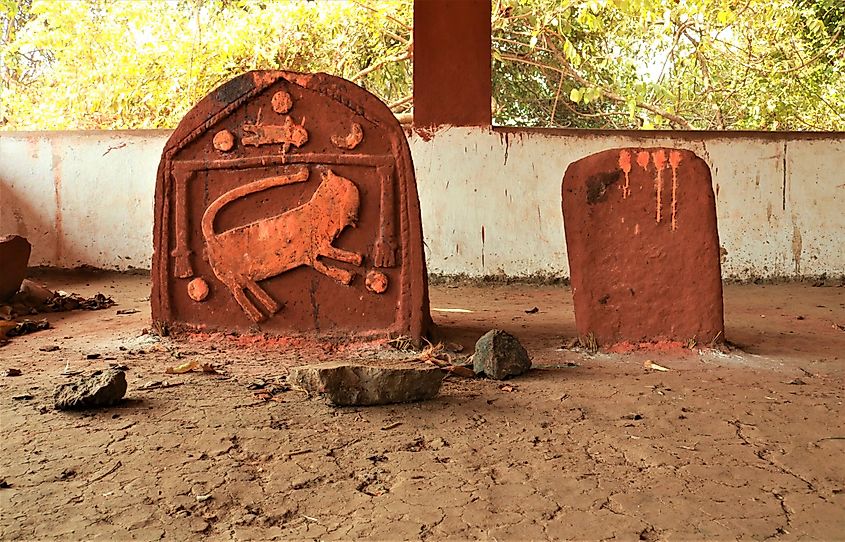
The worship of the Waghoba and other elements of nature is not limited to the Adivasis of Mumbai but is more widespread. A study published in Frontiers in Conservation Science in 2021 documented over 150 shrines dedicated to the Waghoba in villages of the Warli tribals in Mumbai and other parts of the state of Maharashtra. The study was conducted by researchers from WCS-India, WCT-India, INN Univ., Norway, and NINA, Norway.
The study discovered that the origin of the institution of the Waghoba is rooted in what today's modern conservation science terms as "human-wildlife conflict" and "livestock depredation by big cats." Although the origin story has many variants, most depict Waghoba as someone born human. With time, the Waghoba exhibited traits of the "wagh or tiger/leopard" and killed village livestock. The frightened villagers wanted to kill Waghoba but his mother negotiated a deal with them. According to the agreement, the Waghoba would stay in the forest and not kill livestock. In exchange, the people would worship the Waghoba in Waghoba shrines and make occasional offerings to him in the form of animal sacrifices to appease him. Thus, according to the researchers, the Waghoba's origin story itself instills a feeling of kinship with the big cats in the hearts of the Waghoba worshippers. And the institution of the Waghoba acts as a tolerance-building mechanism allowing people to share space with apex predators like tigers and leopards.
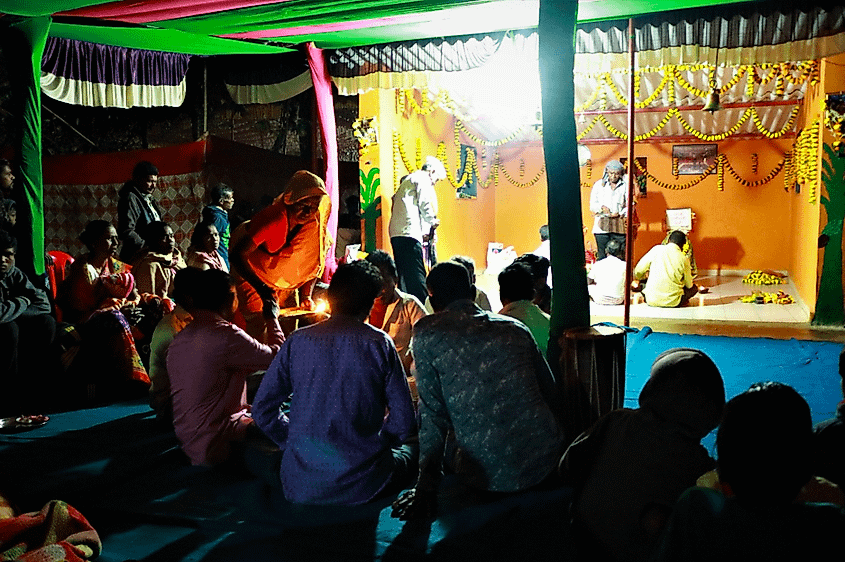
"India has been practicing conservation through its culture for thousands of years. Cultural institutions like Waghoba worship have served as the driving force behind the deep-rooted conservation movement prevalent in the country," said Dr. Anish Andheria, who co-authored the study. He is also the President of Wildlife Conservation Trust, India, and one of India's leading wildlife conservationists.
"Ancient Indian scriptures depict animals as Gods. Animals ranging from elephants and tigers to ants and rats are worshipped in the country. Such reverence for animals acts as a catalyst in safeguarding our ecosystems and wildlife," he said.
According to Dr. Andheria, it is more important now than ever before to recognize people's cultural affiliations before they disappear in an era of consumerism and globalization, snapping their connection with nature. The bonding between people and nature needs to be rejuvenated and preserved before it is lost. He also believes that the engagement of local communities is vital to further conservation goals in India.
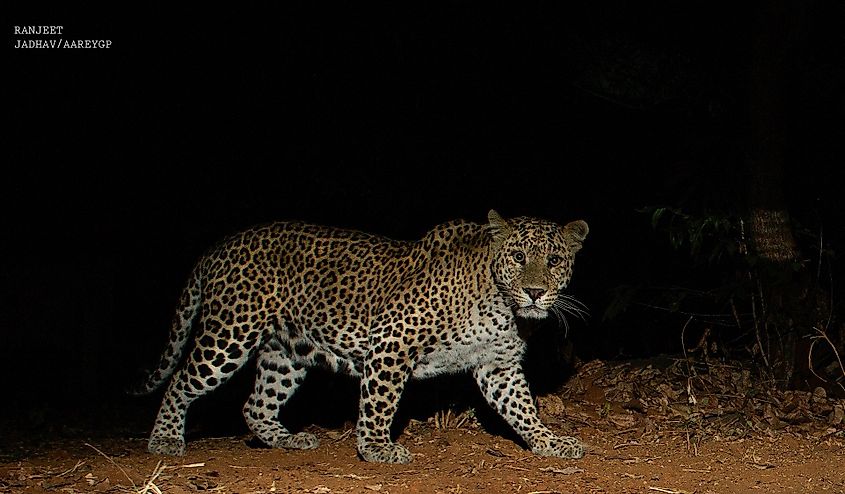
"In the last five decades, conservation in India has mostly focused on protecting forested landscapes from people. However, only around 5% of the country's area could be protected that way. That is not enough. Protection now needs to be community-managed. Conservation conversations should include the local communities and their opinions integrated while designing conservation programs," he said.
Holding On To Nature Worship
Today, India's socio-economic scene is changing at a fast pace. Rapid urbanization is taking place all over the country. Integration of indigenous communities like Mumbai's Adivasis into mainstream society is diluting their cultures based on nature worship. But people like the Bhoirs are determined to hold on to their traditions and beliefs.
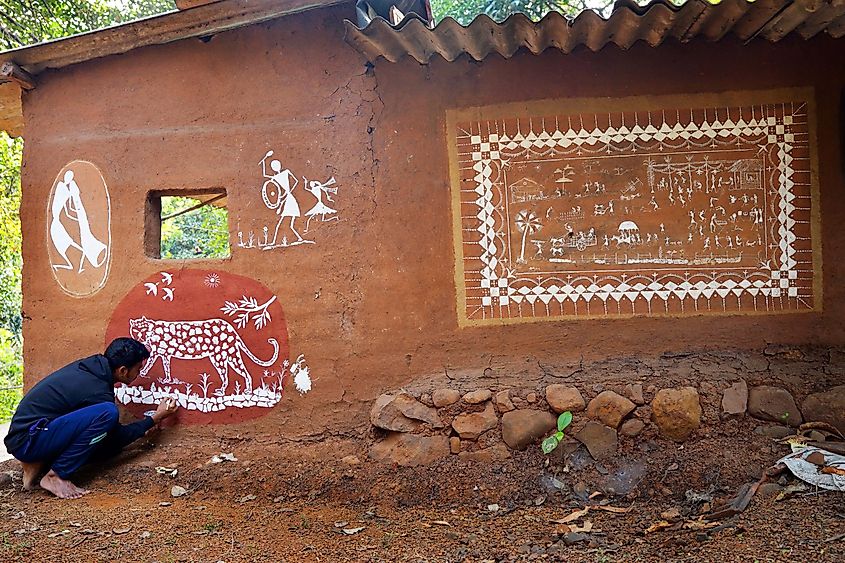
"People call Adivasis poor and illiterate. But our homes are surrounded by thousands of trees and rich biodiversity. How can we be poor when we have so much natural wealth? We are also proud of the knowledge inherited from our ancestors. We are aware that the forest keeps us alive. It gives us oxygen, food, and more. And hence we worship water, soil, forest, and wildlife. We are proud of our beliefs as they help protect and preserve natural resources for our future generations," said Prakash Bhoir.
"We are like guests on this Earth. We must say thank you to Mother Earth for our life. So, do not cause any harm to her. No other species does so," is Bhoir's message to all of us.











